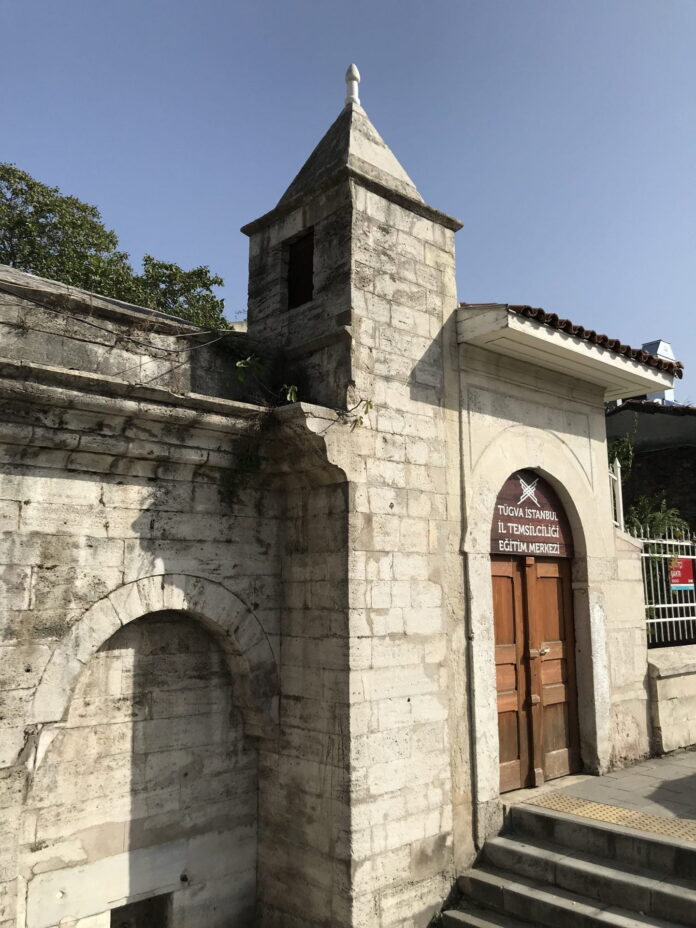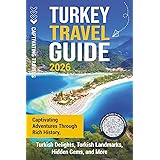Aksaray-Horhor Hindiler Lodge. It was located in the district of Fatih, in the part of Aksaray district called Horhor, next to the Horhor fountains that gave the district its name. Also known as the Horhor Lodge due to its neighborhood, the lodge is one of the oldest activity centers of Nakşibendiyye in Istanbul. Hadîkatü’l-cevâmi’It is recorded that it was founded by Mehmed the Conqueror at the request of Hâce İshak Buhârî-i Hindi, its expenses were paid by the sultan’s foundation, and its administration was attached to the dervish lodges. In the same source, Mehmed Ağa, the commander of the Conqueror, lived here as a cell, and was buried in the graveyard of the lodge when he died, and also in the XVIII.
In the first half of the 19th century, during Sheikh Türabi-i Hindi’s meşhat, a customs clearance was issued by Grand Vizier Yeğin Mehmed Pasha upon the request of Sheikh Seyyid Feyzullah Efendi al-Hindi (d. It is stated that the amount of daily income is provided. On the other hand, Vilayetnâme-i Shah , which was written by Küçük Abdal in 888 (1483) and contains the legends of Otman Baba.The rumor that Otman Baba visited the Hindu Lodge while passing through Istanbul is remarkable. The visit of a prominent Kalenderi sheikh like Otman Baba to the Hindu Lodge suggests that during this period, travelers and mucerred dervishes belonging to the Naqshbandiyya had Kalenderi tendencies.
Tekke, XVIII. Almost nothing is known about the period dating back to the 19th century. T. Zarcone, XVIII. From the 19th century until 1925, when the lodges were closed, he determined the list of sheikhs as follows: XVIII. Sheikh Türabi-i Hindi, Sheikh Feyzullah Murtaza Efendi (d. 1198/1783-84), who is understood to have lived in the first half of the 19th century, was buried behind the Miskinler Lodge Masjid in Üsküdar Karacaahmet (d. 1217/1802), originally from India.
Sheikh Abdullah Âgâh Efendi (d. 1226/1811), who was from the city of Murâdâbâd and known by the nickname Açıkbaş (d. 1226/1811), Sheikh Hindî al-Hâc Hüseyin Efendi (d. 1230/1815), Sheikh Hacı Ali Ömer Shah (d. 1248/1832-33) ), Sheikh Sayyid Abdurrahman Efendi (d. 1250/1834-35), Sheikh Esrar Shah (d. 1250/1834-35), Sheikh al-Hâc Mali Shah Abdullah Hindi (d. 1252/1836-37), Sheikh al-Hac Ali Mahbûb Shah Efendi Dihlavi (d. 1255/1839), Sheikh Haji Ahmed Efendi (d. 1286/1869-70), known as Horhor Baba, and the fact that he was appointed to the lodge in 1288 (1871) led to various discussions. Hakkı Efendi (d. 1292/1875), Sheikh Fâzıl Ahmed Efendi, the son of Fâzıl Ahmed Efendi, Şeyh Hasan Âşık (d. 1323/1905), the other son of Fazıl Ahmed Efendi, Sheikh Abdülaziz Efendi (d. 1333/1915), Sheikh Abdullah Efendi, nicknamed “Hindi Baba Sheikh”, Sheikh Haci Mehmed Efendi, who was of Afghan origin and previously undertook the management of the Afghanis Lodge in Üsküdar, and Sheikh Abdurrahman Riyazeddin Babür Efendi b. Nâzireddin al-Hindi (d. 1966). Sheikh Riyazeddin Babür Efendi,
The Hindus Lodge, which started its activities under the Naqshbandiyya, XVII. It was connected to Qādiriyye in the middle of the century, XVIII. It was transferred to Naqshbandiyya again at the end of the century, XIX. Since the beginning of the century, it has changed hands many times between these two sects. Revnakoglu, XIX. He reports that the Qādirī sheikhs, who sat on the post of the lodge in the 16th century, were affiliated with the Rezzakıyye branch of this sect. The connection of the tekke with the Qādiriyya can be explained by the prevalence and influence of the aforementioned sect in India.
JP Brown records that, while he was in Istanbul in 1866, the members of the Hindus Lodge included the Qadiris, as well as the Chishti, the Kubrevi, the Ni’metullahi and the Kalenderis. It is understood that it housed all the dervishes of Indian origin of the 19th century under its roof. The ritual day of the lodge XIX. It is stated as Friday in the sources of the 19th century. On the other hand, in the statistics table of the Ministry of Internal Affairs dated 1301 (1886), it is recorded that four men and three women lived in the lodge, and in a document dated 1325 (1910) there were 1104 kuruş per year, three pairs of bread and four okkas of meat allocation per day in the Ministry of Finance.
In addition to serving as a bridge between the Sufi life and cult culture in the Ottoman capital and India, the Hindus Lodge also became an important focal point of Ottoman-Indian political relations. Imam Mehmed, who was buried in the burial ground of the tekke, was a member of the envoy of 300 people sent by Tîpû Sultan, the ruler of the Meysûr State in India, to Abdulhamid I in 1787 in order to get help from the Ottoman State in his struggle against the British.
XX. Ubeydullah es-Sindî Efendi, who was struggling to free India from British domination at the beginning of the century, resided in the Hindu Lodge when he took refuge in the Ottoman Empire. Riyâzeddin Babür Efendi, the last hider of the lodge, helped the Ottoman armies during the First World War when he was the sheikh of the Hindus Lodge in Jerusalem.
The Hindiler Lodge was abandoned after the closure of the lodges in 1925, the masjid-tawhidhane structure was demolished by the municipality in 1933, and the remaining wooden structures have been shelters for orphaned old women until recently. In the determination made in 1982, the wall remains of the masjid-tawhidhâne on the right (south) were noticeable when entered through the rectangular-opened, wooden-winged simple courtyard door on Horhor Street, which constitutes the western border of the lodge plot. Approx. 9.00 × 9.00 m.
The masjid-tawhidhâne, which covers a square planned area, in the XIX. It is understood that it was renovated in the second half of the century, its walls were built with bricks in Western standards, and it was covered with a wooden roof. The altar with a low arch, located on the axis of the south wall and protruding towards the sanctuary, It is designed obliquely to the wall so that the axis coincides with the direction of the qibla. Behind the altar wall,Hadîkatü’l-cevâmi’There is a beer house in the area where the tomb of Hâce İshak Buhârî-i Hindî, the founder of the lodge, is reported to be located.
One of the ten identified tombs is on the right when you enter through the courtyard gate, one is in the southwest corner of the masjid-tawhidhane, and eight of them are lined up in front of the eastern wall of the same place. Developing parallel to the eastern wall of the masjid-tawhidhane, it is 11,00 × 7,00 m. The two-storied wooden building of the size of the dervish lodge probably housed the salutation units of the dervish lodge and cells for wandering dervishes.
The other relatively small wooden building behind the reservoir of the Horhor fountains, which forms the northern border of the land, is probably the harem room allocated to the residence of the lodge sheikh. Both structures have timber-clad and unadorned facades, short eaves, rectangular-span doors and windows, XIX. It resembles ordinary dwellings of the second half of the century.
Indians Lodge
It is also known as the Hindus Lodge.




















